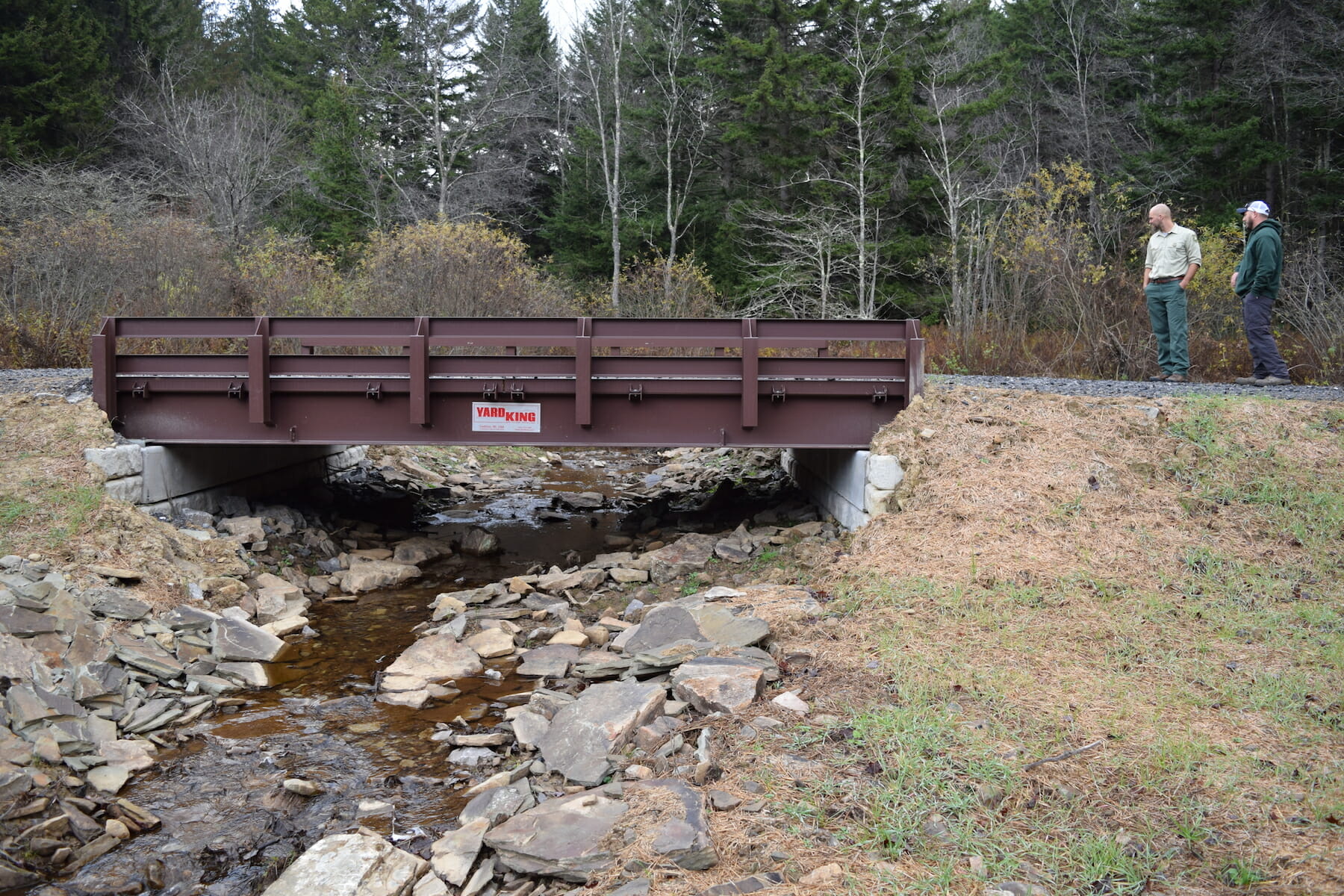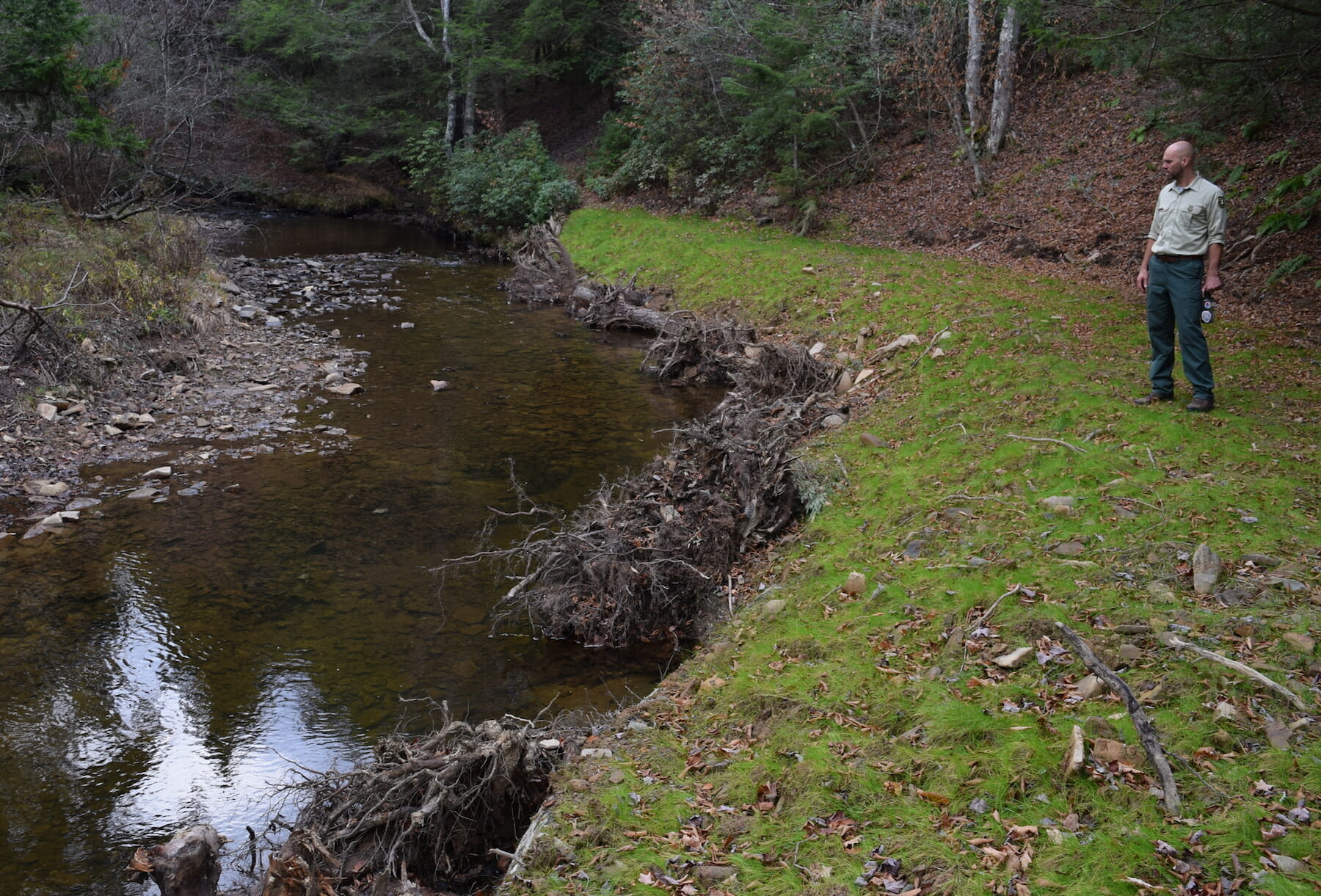By Mark Taylor
Trout Unlimited doesn’t work to win awards.
But that doesn’t mean it’s not great when recognition comes TU’s way.
The U.S. Forest Service has honored TU’s Eastern Home Rivers initiative as the Volunteer and Service Award winner for the agency’s Region 9, in the Restoration category.
Michael Owen, aquatic ecologist for the Monongahela National Forest, shared the news with TU’s Gary Berti, director of the Home Rivers Initiative program in the East.
“Congratulations to the team for the prestigious acknowledgement of their extraordinary contributions to aquatic resources conservation efforts on the Monongahela National Forest and beyond,” Owen wrote in announcing the award.
Owen himself alluded to TU’s focus being on the resource, not recognition.
“I know Gary would say that witnessing the fruits of their labor in the resource response on the ground is reward enough,” Owen said. “We all understand that our TU partner is and has been most deserving of an official commendation such as the one they will soon receive from our regional office.
“The Forest, our region, the agency, and our public is grateful for TU’s dedication toward the conservation of our valuable coldwater ecosystems.”
TU’s work on the ground in the “Mon” has been impressive.
Restoration work has included the installation of woody cover (top photo) on more than 30 miles of forest trout streams. The woody cover helps provide better habitat for young and adult trout, and improves spawning habitat. Better cover also pays dividends during low flow periods, providing thermal resilience that will become ever more important in a warming climate.
Plantings have improved riparian cover along more than 20 stream miles.
Early survey work as well as anecdotal reports from anglers point to improvement in the recreational fishery.
In-stream habitat structures also can reduce downstream flood risks by reducing channelization and helping to reconnect streams to their floodplains.
Crews have reconnected more than 30 miles of native brook trout habitat by removing or improving barriers to fish passage. That has included installation of new culverts and bridges (below).
 alt=”” title=”” />
alt=”” title=”” />
The team has decommissioned more than 20 miles of obsolete logging roads, which helps restore forest hydrology and helps keep ground water in the ground for as long as possible.
TU and the Forest Service also have partnered in two national-caliber workshops to train others on techniques for installing wood in streams and on the stream simulation approach to road crossings.
“This has been a team effort,” Berti said. “Most of the credit goes to the ones who have delivered the practices, including our seasonal employees and staff members Nathan Heavener and Margaret Cadmus, who trained new crews, managed complex workloads, and kept everyone safe while accomplishing this extraordinary work.”
That extraordinary work will continue.
Among other things this coming year, TU’s West Virginia crews will decommission an additional 50 miles of roads, replace three culverts to reconnect 5.6 more stream miles, install wood cover in at least 14 miles of stream, and enhance riparian cover through plantings along 13 stream miles.
Mark Taylor is Trout Unlimited’s eastern communications director, and is based in Roanoke, Va. He is eager to survey some of the trout streams in the Monongahela National Forest this spring – with his almost-vintage Sage 3-weight.



